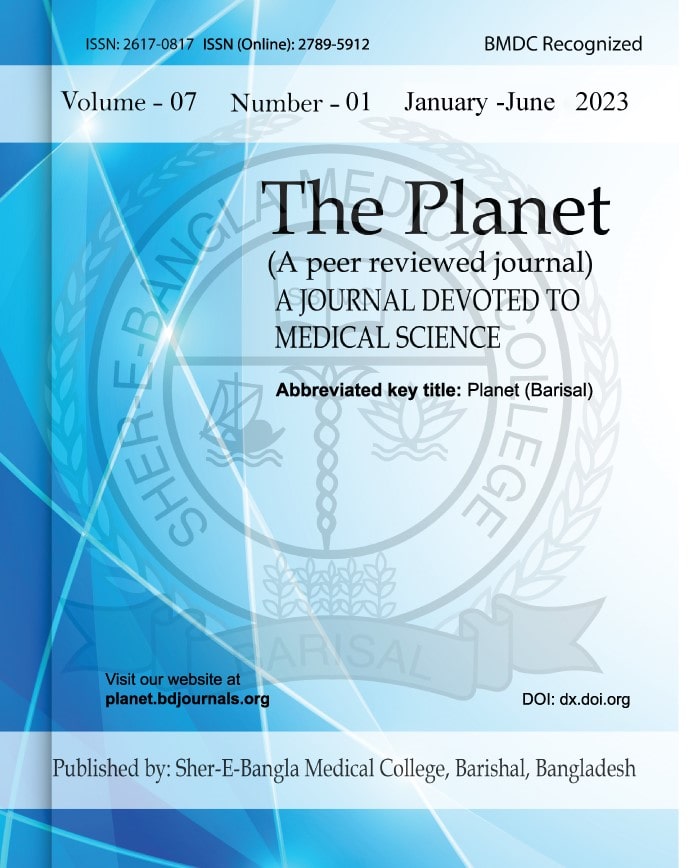Abstract
Introduction: Fine Needle Aspiration Cytology (FNAC) is a diagnostic procedure used to evaluate lumps or masses in the breast or other parts of the body. It is a minimally invasive technique that involves using a thin, hollow needle to extract a small sample of cells from the suspicious area. FNAC is often employed in the initial assessment of breast lesions to determine whether the lump is benign or malignant. Objective: This research article aims to investigate the correlation between Fine Needle Aspiration Cytology (FNAC) and Histopathology findings in patients with breast lesions at a tertiary level hospital. The study intends to evaluate the diagnostic accuracy and reliability of FNAC as a preoperative assessment tool for breast lesions. Methods & materials: A retrospective analysis was conducted on a cohort of female patients (N=120) who underwent both FNAC and subsequent histopathological examination of breast lesions at Department of Pathology, Jalalabad Ragib - Rabeya Medical College and Hospital, Sylhet Bangladesh, a tertiary level healthcare facility. The study period spanned July 2022 to June 2023, and data were collected from patient records, pathology reports, and radiology archives. Results: For the diagnosis of benign lesions, the FNA's sensitivity, specificity, positive predictive value, and negative predictive value were determined to be 98%, 96.2%, and 96.5% and 99%, respectively; for malignant lesions, the values were 96.2%, 98%, 99% and 96.5%. In this study, FNAC's diagnosis accuracy was 97.45%. Conclusion: For breast lesions, FNAC is a reliable primary screening method with strong specificity, positive predictive value, and high diagnostic accuracy, particularly for malignant tumors.

This work is licensed under a Creative Commons Attribution 4.0 International License.
Copyright (c) 2024 The Planet


 PDF
PDF